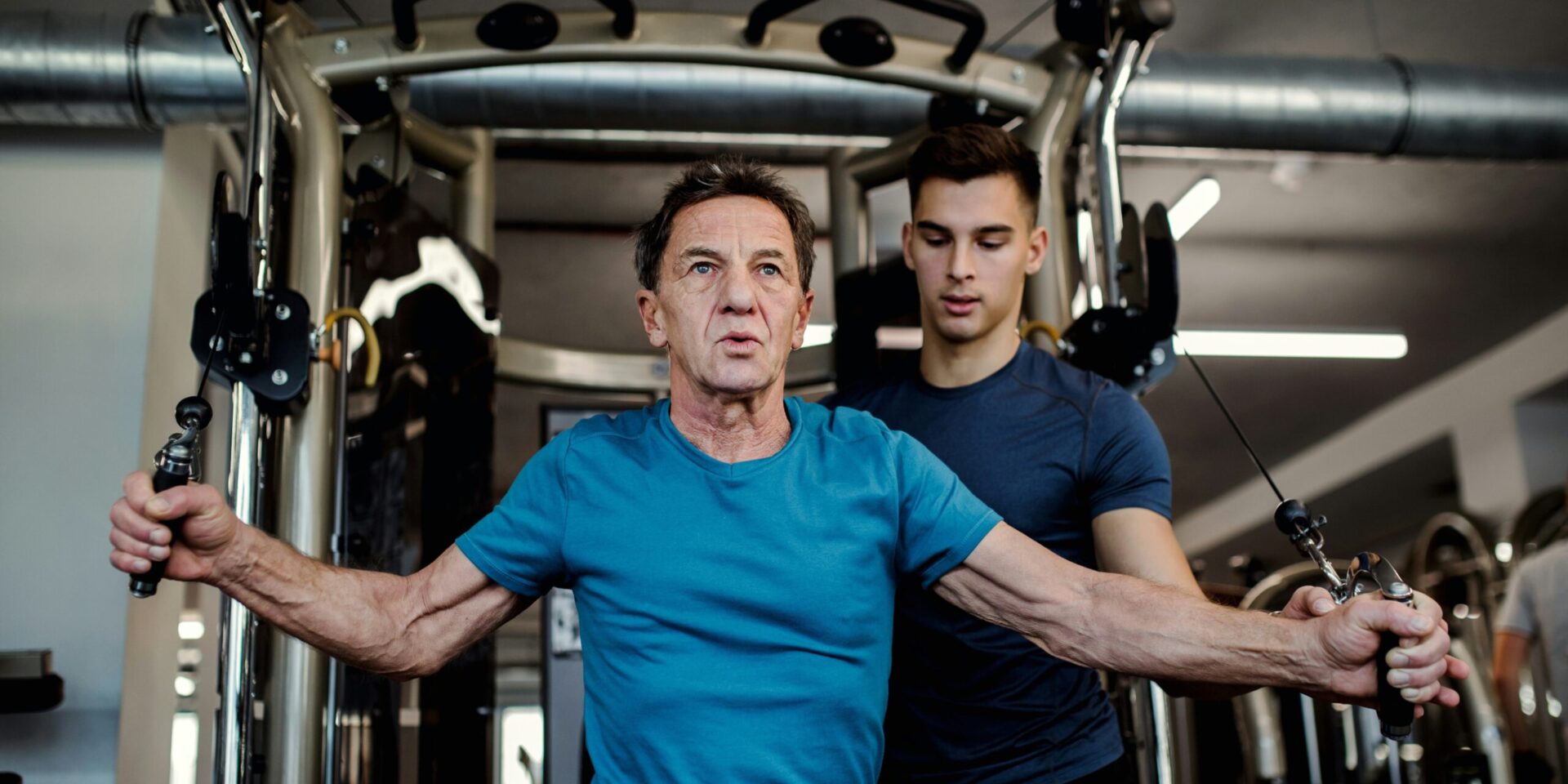In 2025, strength training continues to reign supreme as the dominant workout goal for men, marking a significant shift in the fitness landscape. Once, cardio exercises like running or cycling were the hallmark of men’s fitness routines, but today, more and more men are choosing to prioritize strength training, focusing especially on compound lifts and functional movements. Experts suggest that this change is driven by a desire not only for increased muscle mass but also for improving overall health, longevity, and performance.
The popularity of compound lifts, such as squats, deadlifts, and bench presses, remains unchallenged. These exercises engage multiple muscle groups simultaneously, making them both efficient and effective for building overall strength. The key to success with compound lifts, however, is a practice known as progressive overload — gradually increasing the intensity of the lifts by adding weight, increasing the number of repetitions, or varying the exercise itself. This approach allows men to make continuous progress in their strength development, fostering long-term gains.
Read Also: https://mensreporter.com/stevia-compound-boosts-effectiveness-of-hair-loss-treatment/
Another significant trend in 2025 is the growing focus on functional strength. In the past, many men viewed strength training as something primarily for aesthetics or bodybuilding, but the perspective has evolved. Now, functional strength is viewed as the ability to perform real-life movements more efficiently and with greater ease. This includes everything from lifting groceries to carrying heavy objects or even simply improving posture and mobility. As a result, training methods that emphasize movement patterns that mirror those used in daily life are gaining popularity, and many men are now integrating exercises designed to enhance their body’s functionality beyond the gym.
What’s also noteworthy is the rising interest in low-impact training. This trend is about taking care of the body by focusing on recovery and preventing injury. Techniques such as yoga, Pilates, and bodyweight exercises are being embraced, even by men who once thought of fitness solely as barbells and dumbbells. These exercises provide a balance to the intense muscle-building routines and offer the benefits of increased flexibility, joint health, and overall mobility. As men age, recovery becomes an essential part of their fitness strategy, and these low-impact practices are becoming integral to maintaining long-term physical health.
Equally important is the focus on mindful movement practices. Pilates, once viewed as a fitness trend for women, is now gaining traction among men for its ability to enhance core strength, improve flexibility, and foster mind-body connection. This shift highlights a broader understanding that true fitness isn’t just about lifting heavier weights but also about maintaining balance and mobility in the body.
In essence, the definition of “fitness” is expanding. Heavier lifts, smarter recovery, and better mobility are being seen as the keys to sustainable gains, not just in muscle mass but in overall physical well-being. By focusing on both strength and recovery, men are embracing a more holistic approach to fitness — one that isn’t just about looking strong but also feeling strong for years to come.
This approach isn’t just about the intensity of the workout, but about creating a lasting and balanced fitness lifestyle that promotes longevity, health, and a functional body. As we move into 2025, it’s clear that the days of exclusively focusing on lifting heavy weights or sprinting through grueling cardio sessions are over. Instead, men are increasingly adopting a broader approach to fitness that emphasizes strength, mobility, recovery, and mindfulness. In doing so, they are setting themselves up for a future of sustainable health and strength that will last well into their later years.
As the trend continues, it’s expected that more fitness programs and trainers will incorporate these elements, offering well-rounded regimens that blend heavy lifting with techniques aimed at maintaining physical health throughout life. Strength training may still be king, but the kingdom is expanding, and it’s bringing new practices along for the ride.

